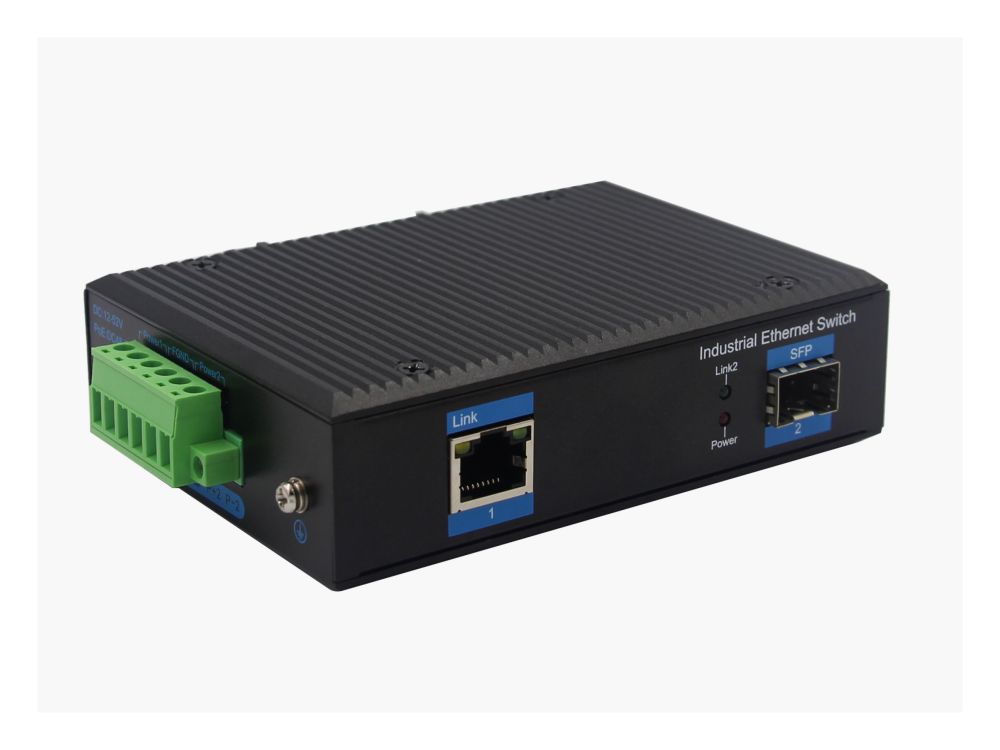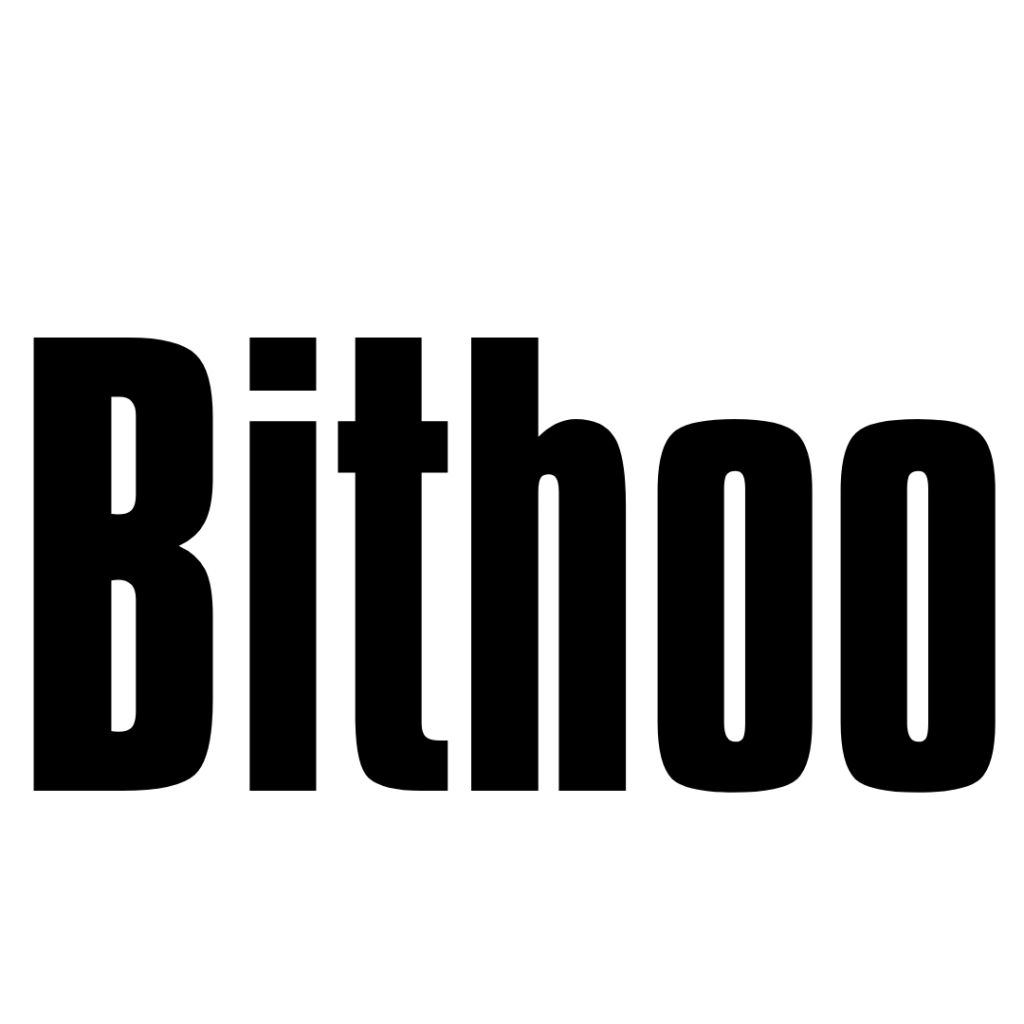When we transmit over long distances, we usually use optical fiber cable to transmit. Because the transmission distance of optical fiber is long and anti-interference, in general, the transmission distance of single-mode fiber is more than 10 kilometers, and the transmission distance of multi-mode fiber can reach up to 2 kilometers. In fiber-optic networks, we often use fiber optic transceivers. So, do fiber media converter have to be used in pairs? Is our fiber optic media converter divided into one for receiving and one for sending? Next, let’s learn more about it together!

When using fiber media converter, the following questions will arise:
- Do fiber media converter have to be used in pairs?
- Is the fiber media converter divided into one for receiving and one for sending? Or just two fiber media converter can be used as a pair?
- If the fiber media converter must be used in pairs, is a pair of the same brand and model? Or can any brand be used in combination?
Does the fiber media converter have to be used in pairs?
In fact, fiber media converter are generally used in pairs as photoelectric conversion equipment, but the following use cases can also occur:
fiber media converter + optical switch, fiber media converter + SFP transceiver…
In principle, optical fiber communication can be realized as long as the optical transmission wavelength and signal encapsulation format are the same and all support a certain protocol.
Does the fiber media converter have a transmitter and a receiver?
Generally, single-mode dual-fiber (two fibers are required for normal communication) transceivers are not divided into transmitter and receiver, as long as they appear in pairs, they can be used.
Only a single-fiber transceiver (one fiber is required for normal communication) will have a transmitter and a receiver.
Can different brands be used in combination?
Whether it is a dual-fiber transceiver or a single-fiber transceiver, it should be used in pairs, even if they are of different brands, as long as the speed, wavelength, and mode are the same, they are compatible and interoperable.
For example, 100M and 1000M, wavelength 1310nm and wavelength 1300nm cannot communicate with each other. In addition, even if they are of the same brand, the single-fiber transceiver, and the dual-fiber dual-fiber pair cannot communicate with each other.
Note: The single-fiber transceiver uses a single-mode optical cable. The single-fiber transceiver uses only one core, and both ends are connected to this core. The transceivers at both ends use different optical wavelengths, so they can transmit in one core. light signal. The dual-fiber transceiver uses two cores, one for sending and one for receiving, and the other end must be inserted into the receiving port, that is, the two ends must be crossed.
An optical fiber media converter, also known as a photoelectric converter, is an Ethernet transmission media conversion unit that interchanges short-distance twisted-pair electrical signals and long-distance optical signals.
